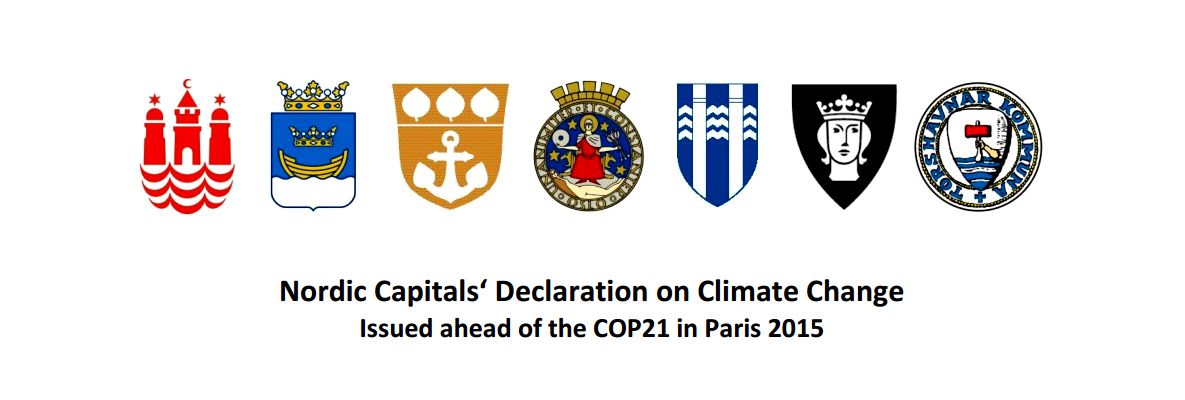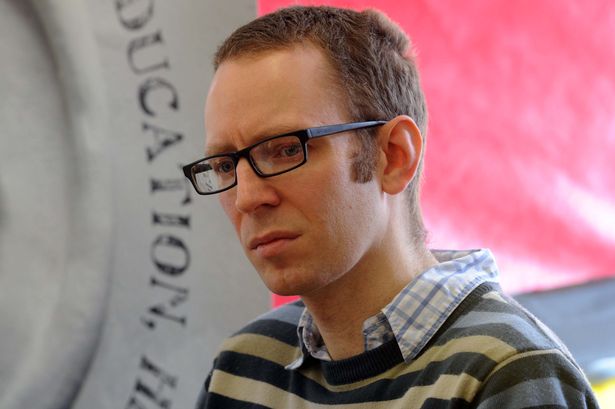Africa – Americas – Arab States – Asia & Pacific – Central Asia – Europe
When all the ice has melted, first I will be Warm and then I will be Cold.
Stay up to date with the analysis and outcomes of Disaster Risk Reduction and International Law Symposium 2017 by our Reading blog posts.
#ClimateChance #ClimateChance2017 #Agadir #COP22 #COP23 #ONG #Climat #Humanrights #UNURBAN #UNHABITAT
3 #DRR Disaster Risk Reduction – “#Duty-to-Shelter”
(urban/rural) disaster law, an urgent step-up of multi-stakeholder collaboration, coalitions of non-state actors and their flagship disaster adaptation initiatives?
“Duty-to-Shelter”
Their objectives are to stay mobilized, accelerate climate action and streamline the implementation of the Paris Agreement, the Agenda for Action.
We ponder on what role law and policy governing disaster risk reduction should play in a changing global landscape.
Experts say we have three years to save the planet
International law must comply by 2020 latest with national #disasterlaw
Human rights law
There is a need for the International Federation of the Red Cross to promote human rights when assisting states in their DRR strategies, legislation and policies to prevent human rights abuses.
Sendai includes human rights practise law
Persons and their Property, health and livelihoods Hyogo framework
Monitoring bodies
Action priorities
Access to information
sharing information
Technology transfers (Article 15, of economic)
Education programs
Public awareness
Information
Education
Priority 2
Disaster risk governance,
Land use, urban planning laws, building codes and safety standards
Infrastructure, community services
Priority 3
Investing for resilience
Insurance, risk transfer
Schools, hospitals
Building better from the start
Identification of areas for human settlements and court places
Issue of livelihoods
Protection programs in place for food perspective
Cattle protection
Food, nutrition, housing, education and property
Priority 4
Forecasting, early warning systems
Stock piling schemes of necessary materials
Recovery schemes of from the perspective of health also mental health (Psycho social support (TV, football field for kids)) and engaging with older persons and people with disabilities, some content women.
Sendai and Hyogo frameworks and practise of country visits (rapporteurs)
Communication procedures
Housing, idps, health, toxic waste, food, water
European court of human right can make binding decisions, UN non-binding
E.g.
Landslides manmade disaster
Right information to public of disaster risk situation – human right
Disaster predictable non-predictable, known un-known, imminent non-imminent
Metrological hazards as such are beyond human control
Imminent hazards reoccurring, ? obligations are much higher
Illegal slum dwelling
Dangerous area
Extreme information for participation and justice in preamble to help the environment in relation to DRR
Public authorities possess and update environmental information which is relevant to their functions
Land use and misuse of land in context of disaster evictions
Right to adequate housing
The U.?N. Human Rights Council adopted the resolution, which was submitted by the Brazilian and Ecuadorian governments, last month at its headquarters in Geneva. Diplomats say the document could now lay the groundwork for more cities-focused work by the council –>
GOOD NEWS Adopted resolution #L30 – 37th Meeting, 35th Session Human Rights Council http://webtv.un.org/watch/ahrc35l.30rev.1-vote-item3-37th-meeting-35th-regular-session-human-rights-council/548071109600
#ClimateChance #CCAgadir17 #Cities #EUSEW17 #c40cities #NUA #NAU #CCCRdg #Habitat3 #Humanrights
Law humanitarian protection and assistance
Sendai – right to development
Emergency help to pregnant women – accessibility
Capacity to protect yourself and recover should be part of any drr planning and response
Nepal Dead 9‘, injured 22’ and in shelter 800’
Maternal health had not been included in DRR planning
One in five women (20%) are likely pregnant during an emergency
Red Cross – Human rights
IASC – Soft law consider health care
ILCPR – How human rights relevant to drr are claimed in practice
How can these be realised progressive
ICPRR – Derogations
How does (cities) economic and cultural rights apply during an emergency?
Getting kids back in school into safe place
Preparedness strategies empowerment of population – knowledge
Reducing mortality population wellbeing also metal health care
Capacity of health workers – Applying implementing drr approaches in health work it self
Promoting and enhancing training capacity particularly in the field disaster medicine, supporting and training community help groups
Enhance cooperation between health authorities and other relevant stake holders
Stimulating public private investments in drr prevention including help facilities lifesaving harmonising measures
Human rights include Eco-systems, environmental health and animal health
Stock pile emergency supplies, training help data, focus on mental health
IFRC – Sendai Framework – Human rights law
Driven by needs informed by rights – neutrality (Positivity – Non-activist)
To avoid human violation
Human rights need to be mainstreamed into every stage of humanitarian relief effort.
Maternal health in communities impacted 1.4 million women possible home births. Pregnant 93 000 10 300 expected to deliver every month.
Nepal: IFLC timeline
Donations, search and rescue, training people for first aid, cash transfer programs.
Hard and soft law to discuss human rights
Building up that knowledge and power to claim rights before disaster – preparedness
Community pilot in Cambodia “Know your rights” also DRR
#SendaiFramework #Switch2Sendai #Policy #Governance
#Cities #Safety #Arctic #Maritime
#UCEEP
#HumanRights
#DRRplanning
#REinsurance
#Implementation
#EWS #EarlyWarningSystems
#Hazards
#Federation Disaster Law Programme
#RedCross #Oilspills #ocean #ships #environment
#Disasterlaw #UrbanDisasterLaw
#law #disaster #risk #reduction







